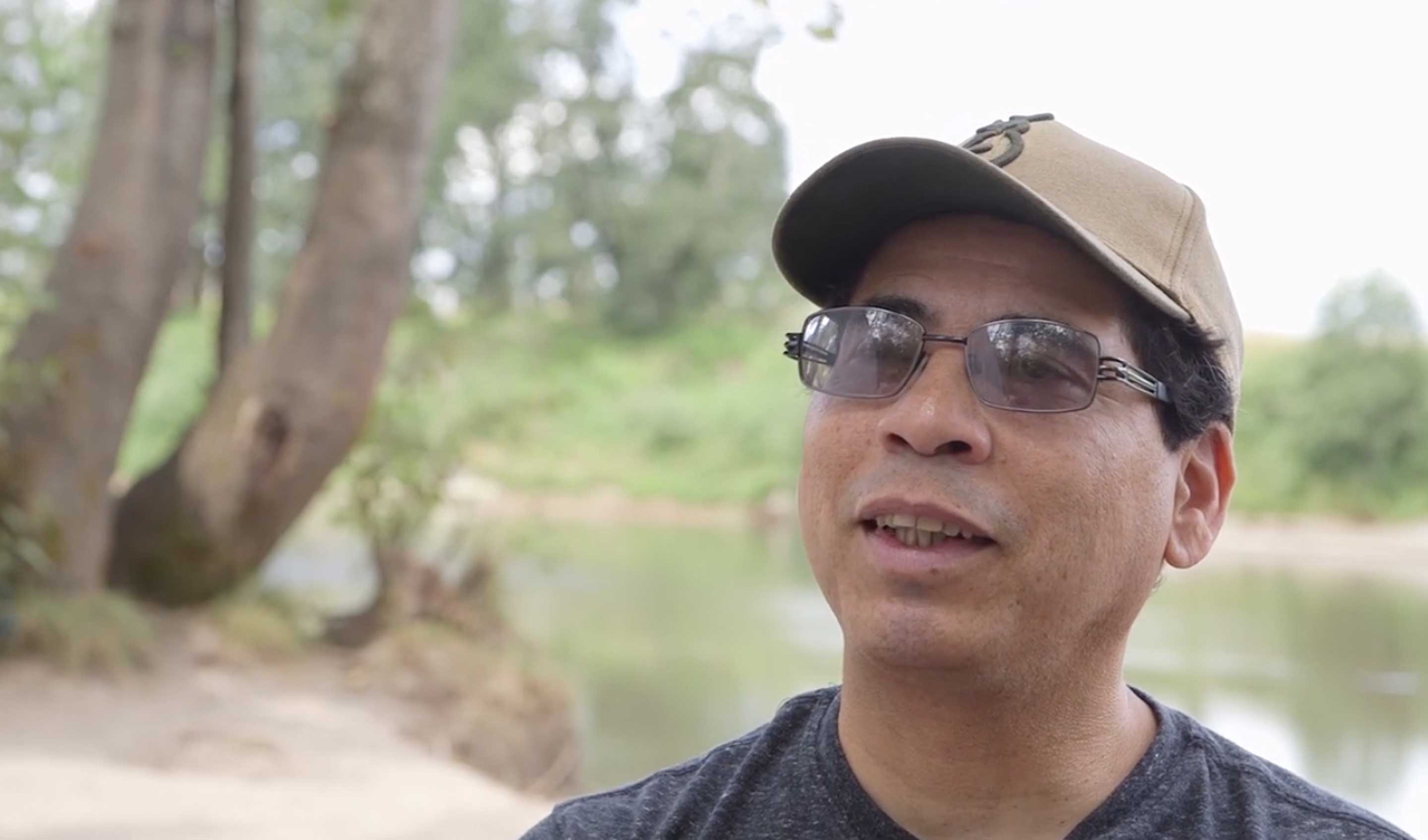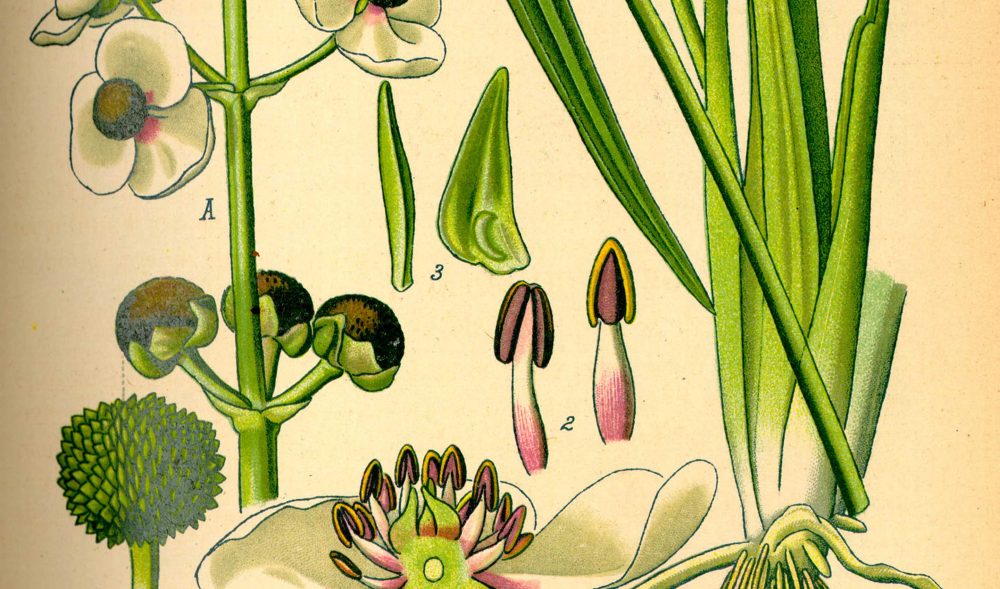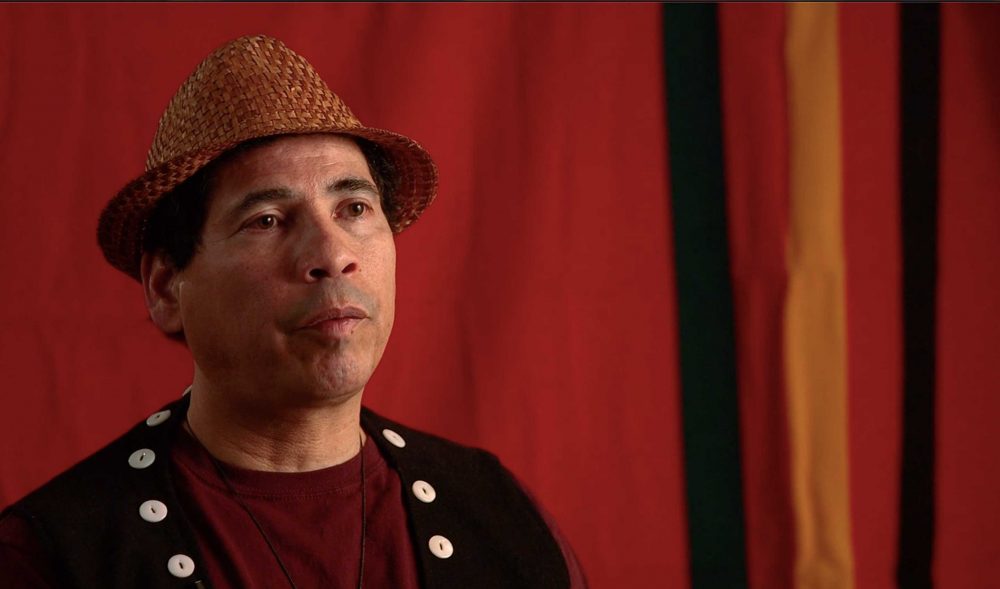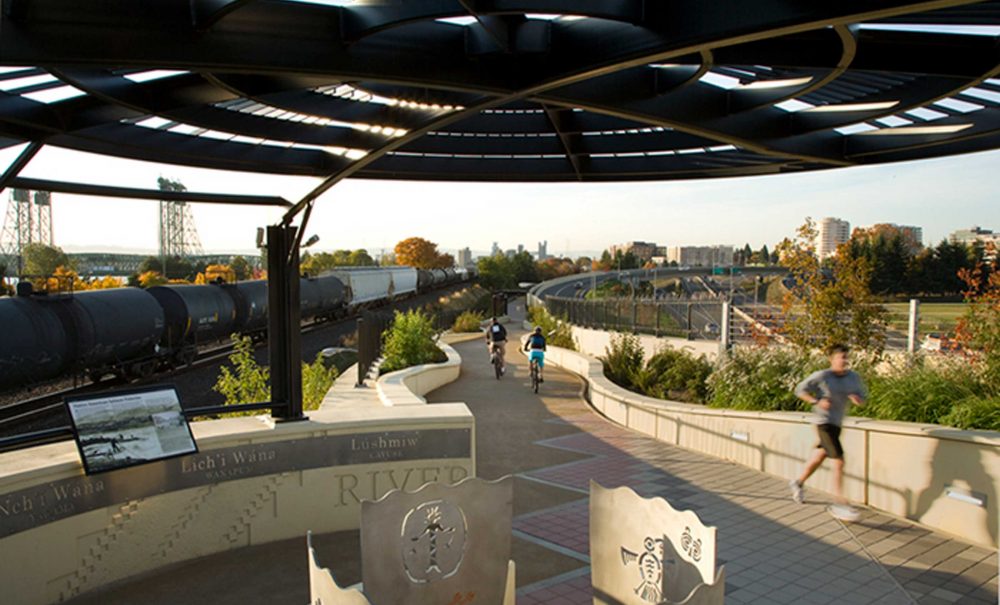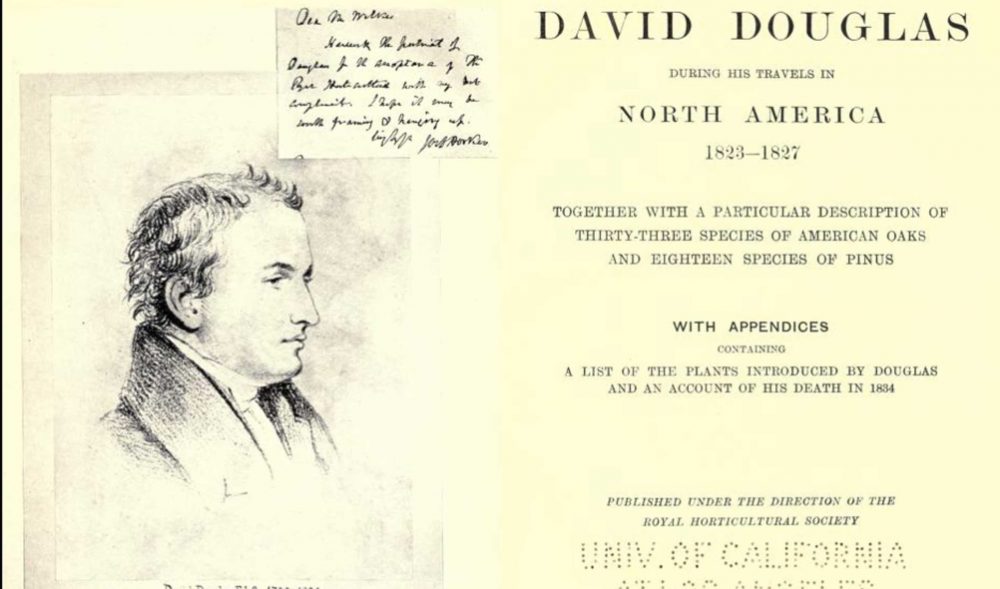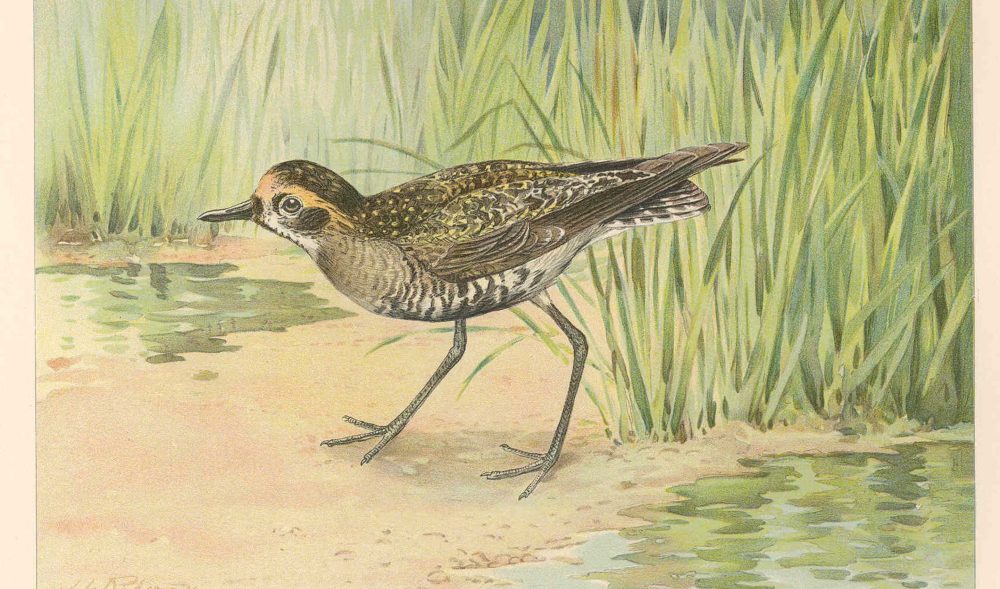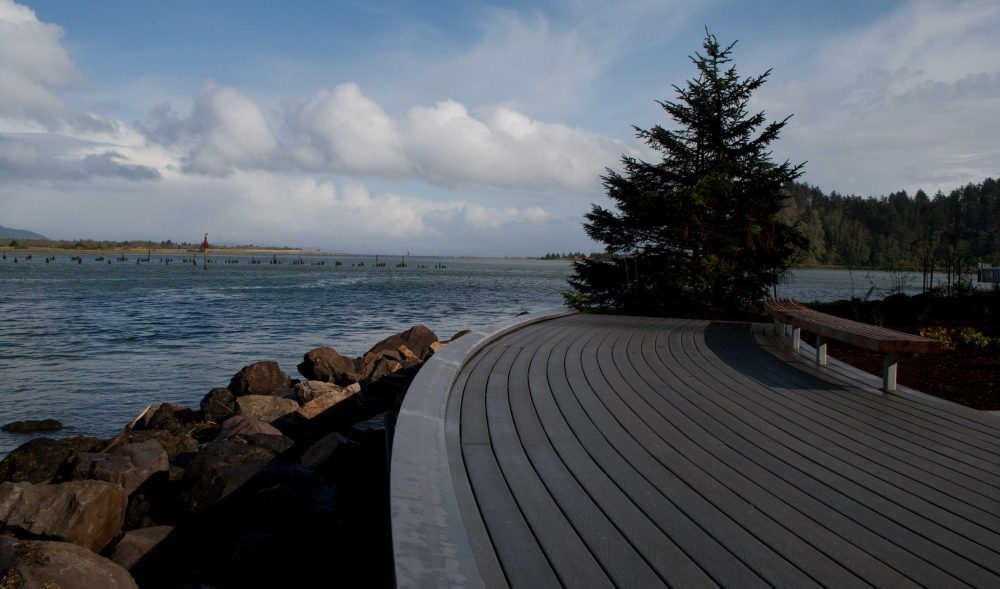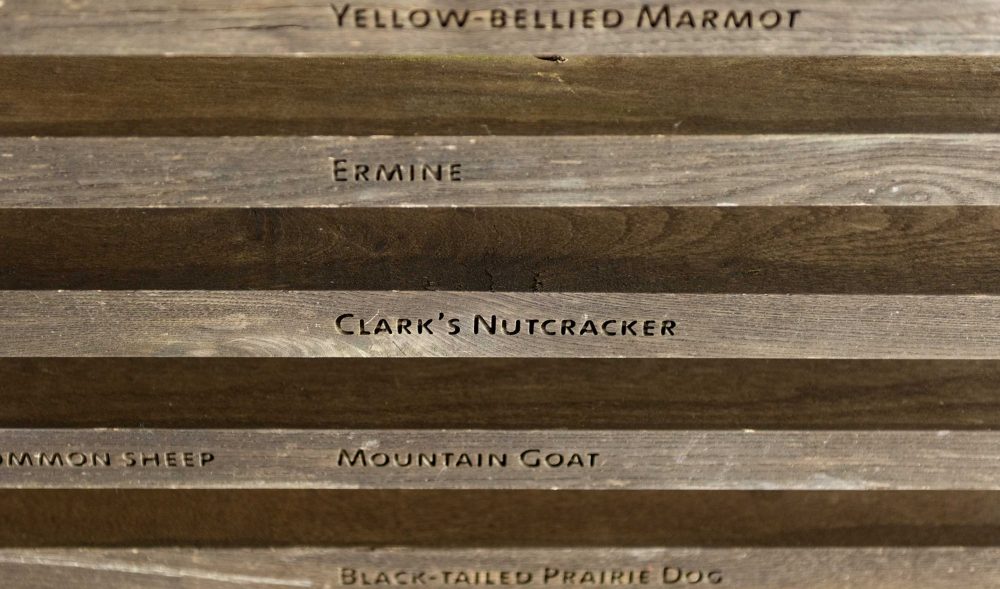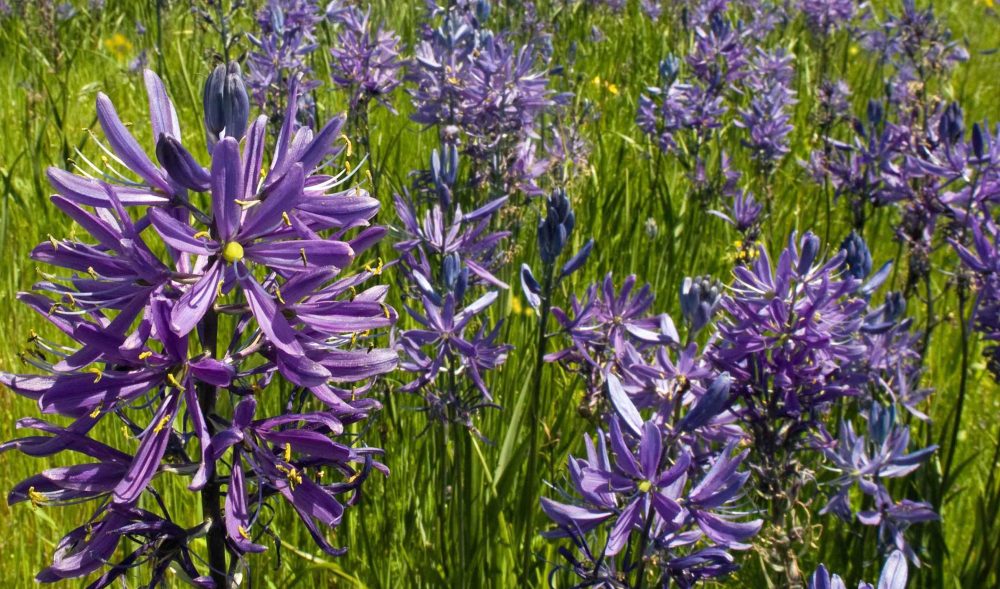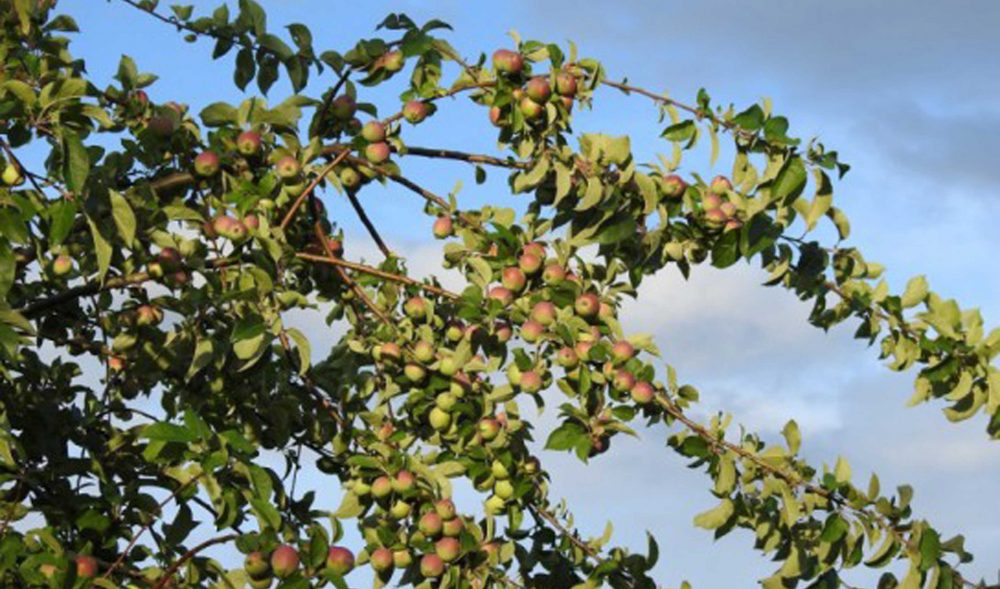Tag Result
tag: native plants
Greg Archuleta talks about the return of plants and seeds and how tribes adapt plant uses.
Wapato are a wetland tuber which were a part of Native diet. Though consumption of wapato ceased after land cultivation by white farmers, wapato are being reintroduced to the Yakama diet. Notes on cooking and edibility.
Greg Archuleta (Confederated Tribes of the Grand Ronde) talks about the return of wapato to the Sandy River Delta following the dam removal, and the challenges the plant faces to thrive.
The Vancouver Land Bridge site was rich with biodiversity prior to settlers’ advancement. Seated on a floodplain near Mt. St Helens, it was home to savanna, hardwood forest, and prairie. Today it is home to Ft Vancouver.
Botanist David Douglas spent two years traveling the West, surveying plants and animals from Fort Vancouver to Canada, the Rocky Mountains, and Santa Barbara. He advised the Hudson’s Bay Company on planting practices.
Cape Disappointment, at the mouth of the Columbia River on the Pacific Ocean, hides a bay full of plants, animals, and birds, as well as visitors. Here, Waikiki Beach is the only safely swimmable coast in Washington.
Maya Lin’s first Confluence site is at Cape Disappointment State Park. Guests are greeted by a path, amphitheater, fish sink, and gathering circle. It was built of native materials for the Lewis and Clark bicentennial.
After a turbulent industrial past, the Sandy River Delta required significant restoration in the late 2000s to make it a safe recreational area and a thriving natural habitat, full of native plants, birds, and animals.
A prairie plant dug up by women and children, the Camas bulb was an important part of Columbia basin diets. Grazing animals on camas lands by settlers led to skirmishes between the Army and the Bannock tribes.
The introduction of apple trees and other orchard fruits to the Northwest was very popular with both Native and white populations. Often overlooked, Native women played a major role in cultivating the first orchards.

